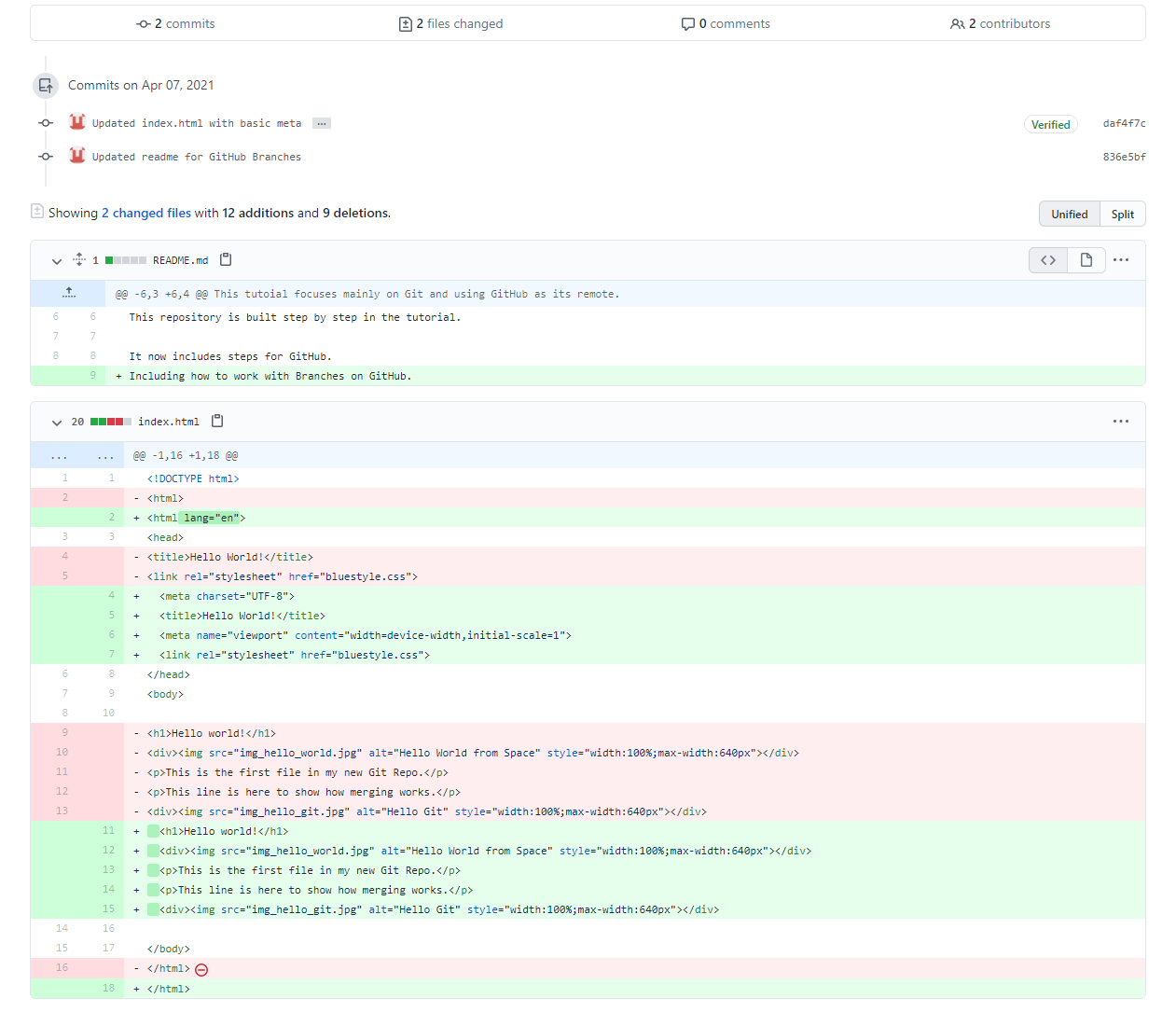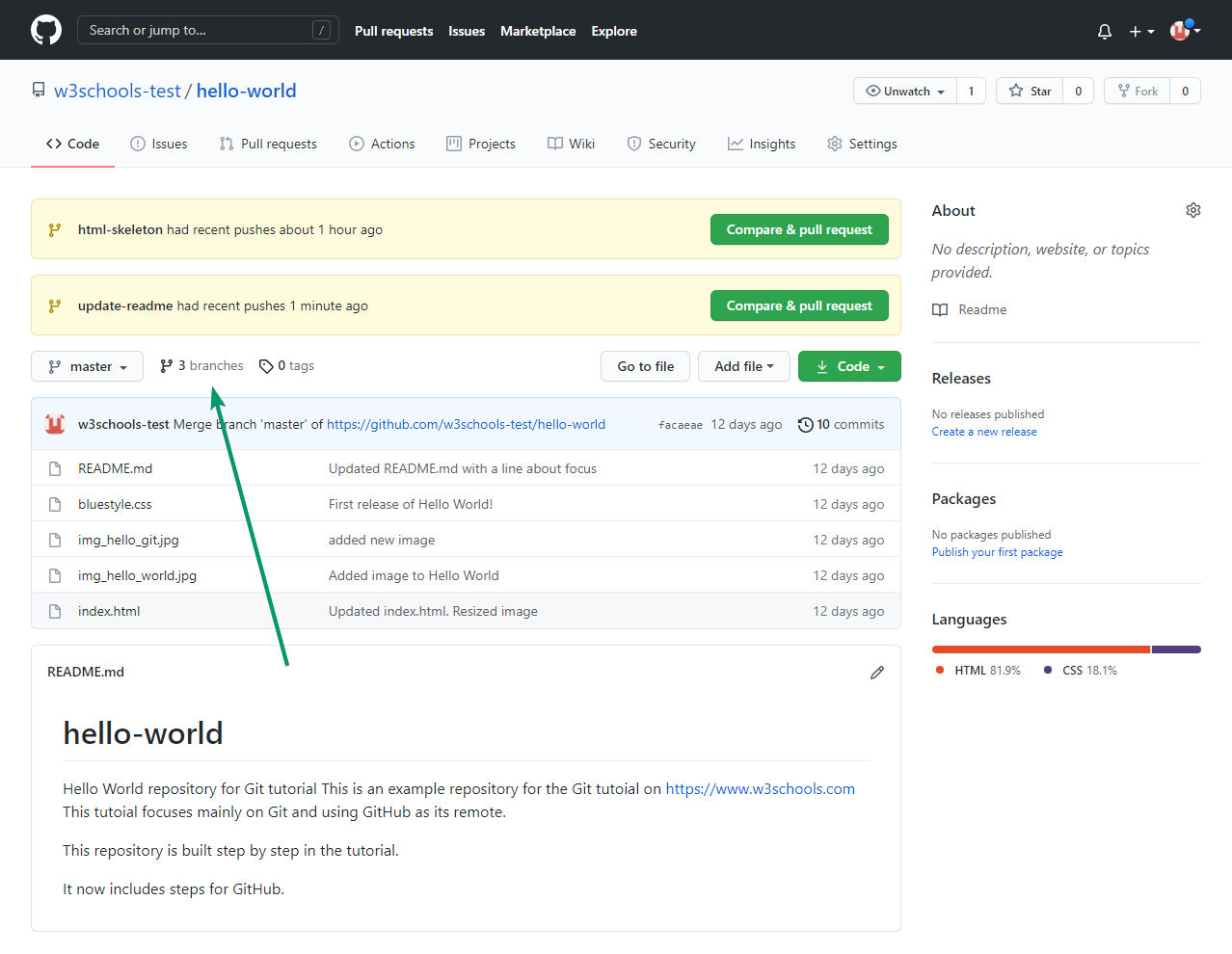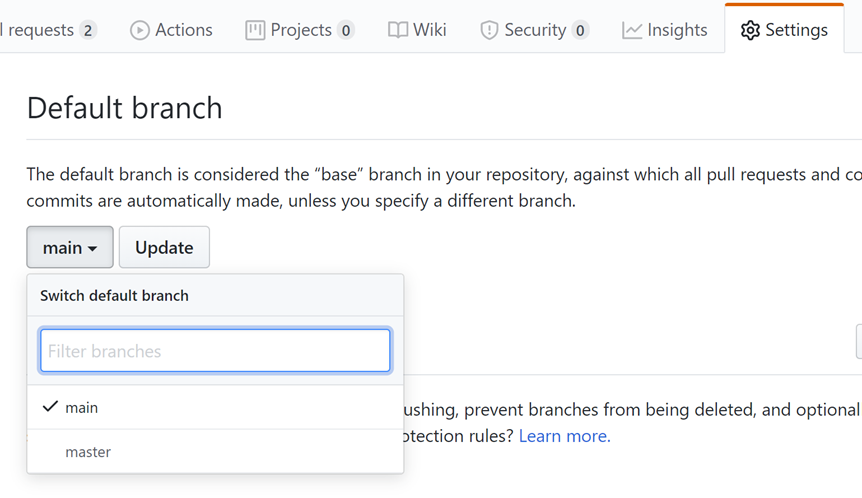
#Update my branch with master git code
The latter works to fetch code from a remote repository. Git checkout should not be confused with the git clone command. It also orders Git to record new the overall new commits on that branch. When you run the git checkout command it updates the files in your working directory to correspond with the version that is stored in the given branch. This command is primarily used for navigating between the created branches. Create branch with your feature: git checkout -b featurename Write code. You can also use it for merging multiple commits in one history. Primarily, the git branch command is used for combining two branches. It works along with the git checkout command for selecting the current branch and the git branch command with the -d option for deleting the obsolete target branch. This will bring your master branch up to a place that is equilivant with the remote repository. You can do this with git checkout master then git pull origin master. The git merge command is used for integrating independent lines of development to a single branch. 3 Answers Sorted by: 13 You first need to git fetch and git merge your master branch that is following the remote master branch.

It doesn’t change your repository’s history. They represent a way of requesting a new working directory, staging area, and project history.Īny time you create a new branch, Git will make a new pointer. It makes your history clearer before merging it.īranches can be described as an isolated line of development. Generally, git branch helps you create, list, or delete branches.Įach new branch is created for encapsulating the changes when you wish to add new features or fix current bugs. No matter it's in the local git repository or the remote. Save the state of your current branch in another branch, named my-backup ,in case something goes wrong: git commit -a -m Backup. The git branch command is a go-to command for managing all the aspects of your branches. Git commit # adding information to the message of the template merge The git branch Command Moreover, the git log command shows no new commit on master.Git merge -strategy=ours -no-commit master The default in Git Extensions is to check out a new branch. For example, the removed file Readme.md has come back. 20201029 To re-synchronise a branch with updates that have been made to the main branch on the repository, first ensure the local main branch has been. In this branch I can do whatever I want without affecting others. Next, let's switch back to the master branch and check if it's unmodified: $ git switch masterĪs we've seen, on the master branch, all changes to the working tree files we made previously have been restored. Then, we've committed the changes to the feature2 branch. Further, all uncommitted changes have been moved from master to the feature2 branch. & git commit -m 'feature2 is done'ġ file changed, 0 insertions(+), 0 deletions(-)Īs we can see in the output above, git switch -C creates a new branch feature2 and brings us to feature2. Next, let's use the git switch command to move these uncommitted changes to a new branch called feature2: $ git switch -C feature2 This time, we've removed the file Readme.md and added a new ReadmeNew.md file. Next, let's do the same test as git checkout -b on the myRepo project: $ git branchĪs we can see in the output above, we're currently on the master branch.

It works pretty much the same as the git checkout -b command. Moreover, we can use the -C option to create a new branch and switch to it in one shot. As its name implies, git switch allows us to switch between branches. Therefore, Git has introduced the git switch command since version 2.23 to clear some of the confusion from the checkout command's overloaded usage. The usage of the checkout command is pretty overloaded. The same command can do many different kinds of operations, such as restoring the working tree files, switching branches, creating branches, moving the head, and so on. Further, there is no new commit on master, either.Īs we've known, Git's checkout command is like a Swiss Army knife.

There is no local change on the master branch, as we can see in the output. Now, let's switch back to the master branch and check if we've left it unchanged: $ git checkout master Next, let's stage and commit the changes: $ git add. No changes added to commit (use "git add" and/or "git commit -a")Īs the commands above show, we've created the feature1 branch and moved all uncommitted changes from master to feature1. " to discard changes in working directory) Next, let's test the git checkout command on our myRepo project: $ git branch

Moreover, this command will leave the current branch as it is and bring all uncommitted changes to the new branch. The git checkout -b command will create a new branch and switch to it.


 0 kommentar(er)
0 kommentar(er)
